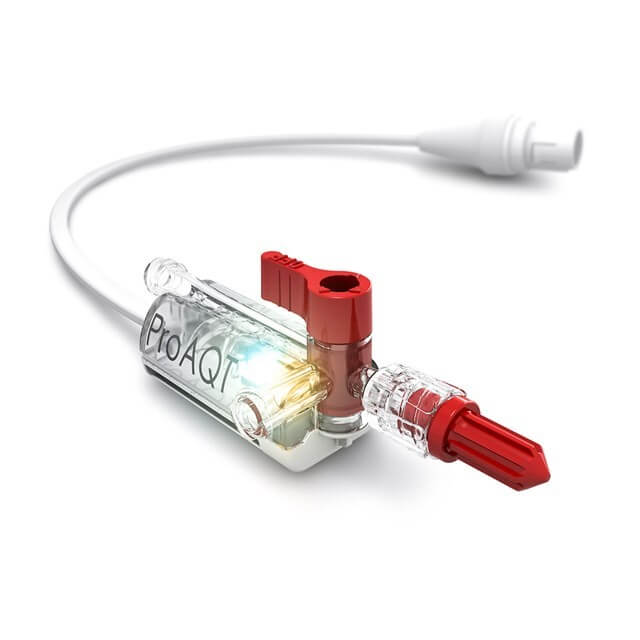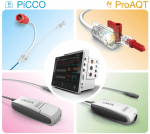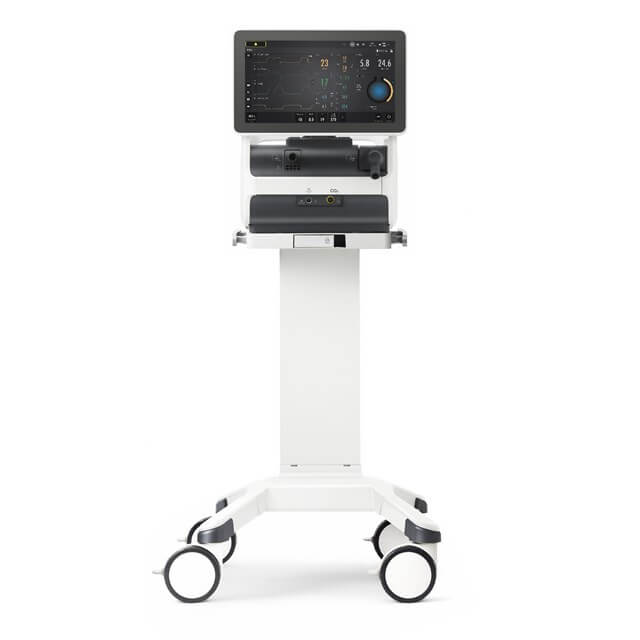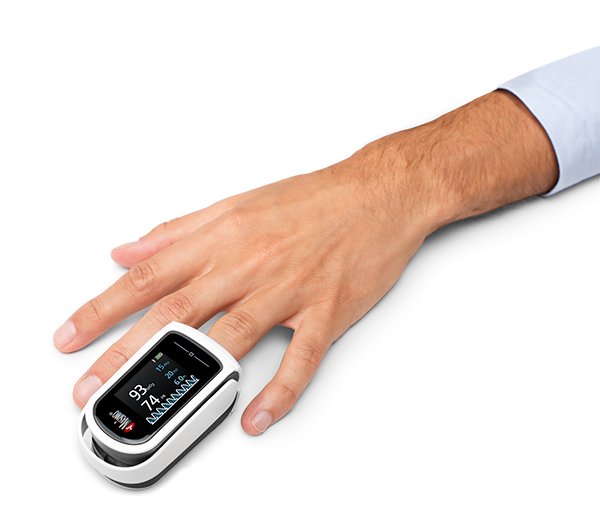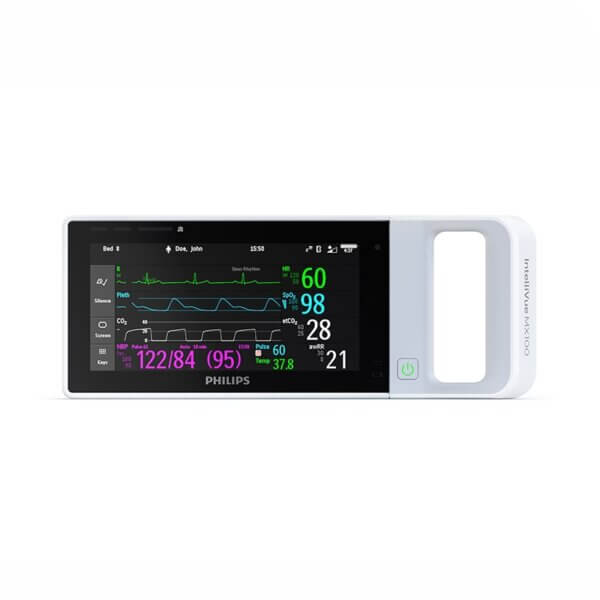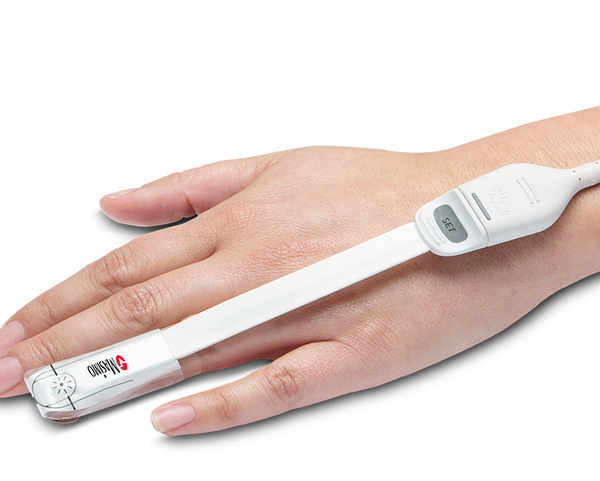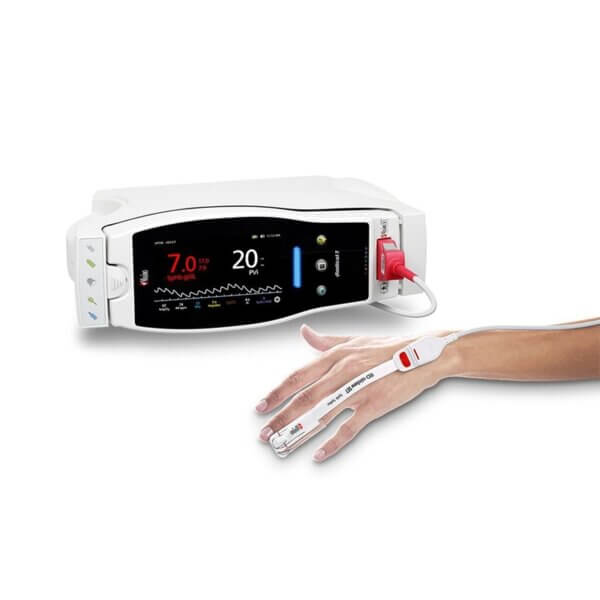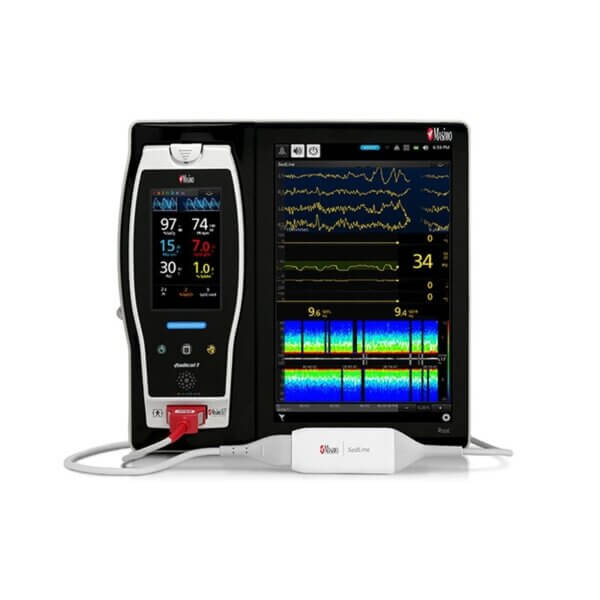Monitor PulsioFlex
The PulsioFlex Platform for advanced hemodynamic patient monitoring is easily adaptable to your patient’s individual needs and specific requirements.
The PulsioFlex Platform is adjustable to various clinical settings (OR, ER, ICU). Specific to the physicians need for information. Easily scalable to patient’s risk level. This convenient and compact bedside monitor is easy to set up and assists users through smart and intuitive handling – to help guide the next therapeutic steps. Has the ability to display trends in time and can personalize the viewing of the parameters.
Pulsioflex monitor is equipped with the technologies:
PiCCO PulsioFlex Monitor
Advanced hemodynamic monitoring with minimally invasive measurement of cardiac output and its determinants (preload, afterload, contractility) as well as the quantification of pulmonary edema. It has the ability to measure: GEDI, GEF, CPI, HR, GEDI, ELWI, PVPI, CFI, dPmx, SVV, SVRI, MAP, APsys, APdia PVPI
PiCCO PulsioFlex Monitor provides valuable information which should be used to set up a treatment plan and apply goal directed therapy to the patient as early as possible. The success of early goal-directed therapy (EGDT) is documented and clearly shows the following advantages: Reduction in ventilation time. Reduction of ICU stay. Reduction in complications. Reduction of recovery time

ProAQT PulsioFlex Monitor
ProAQT technology allows a reliable interpretation of your patient ‘s hemodynamic status by measuring a variety of parameters, less invasively such as: (SVR), (SV), (SVV), (PPV), (CPO), (dPmx), (HR), (AP), (MAP), (CO).
ProAQT can measure Perioperative fluid management in goal-directed fluid therapy. Complex procedures with high-risk of intra- and postoperative complications. Anticipated high blood loss and volume shifts during the procedure which can result in hypo or hypervolemia.

CeVOX Fiberoptic Probe
The measurement of the central venous oxygen saturation (ScvO2) is necessary for critical patients in ICU. Adjustable to various clinical settings in ICU, that is specific to the physicians need for information. It is easily scalable to patient’s risk level.
Central venous oxygen saturation (ScvO2) is important for critical patients in ICU. Because it helps any critically ill patient with potential for acute changes in hemoglobin, oxygen consumption / demand, or cardiac output B.
Studies have shown that targeted therapies with the measurement of central venous oxygen saturation (ScvO2), reduces mortality and time of staying in the ICU.
